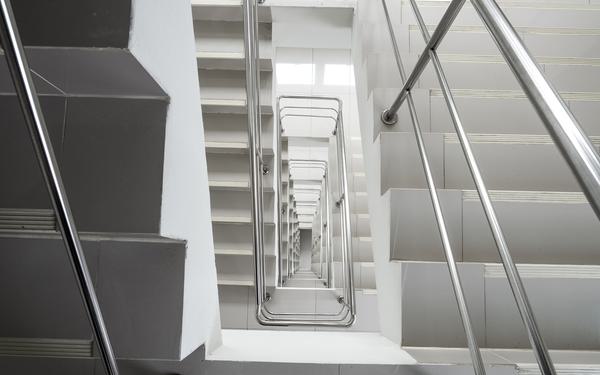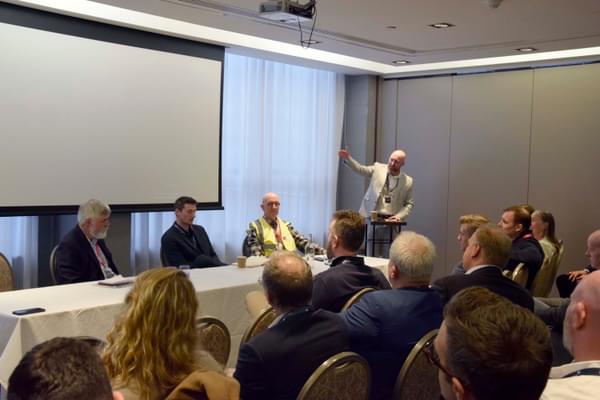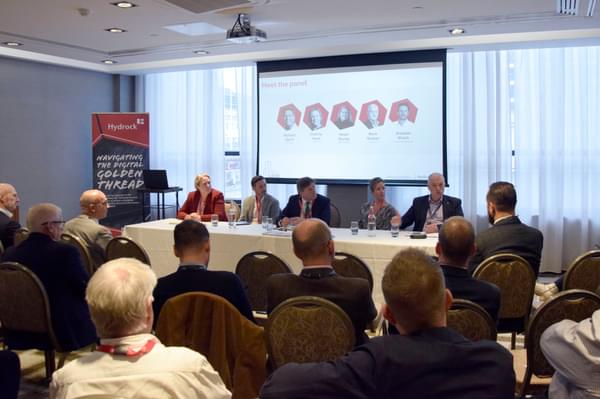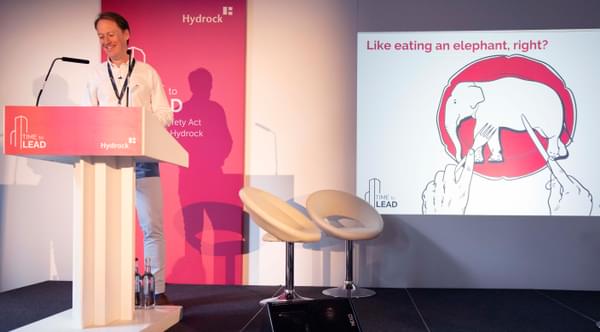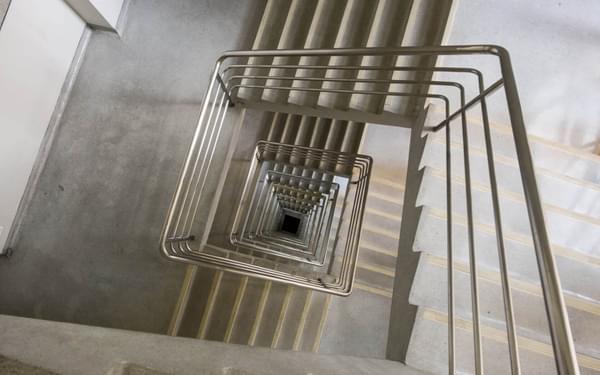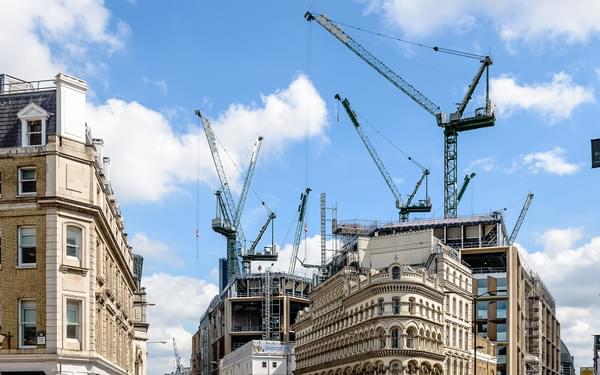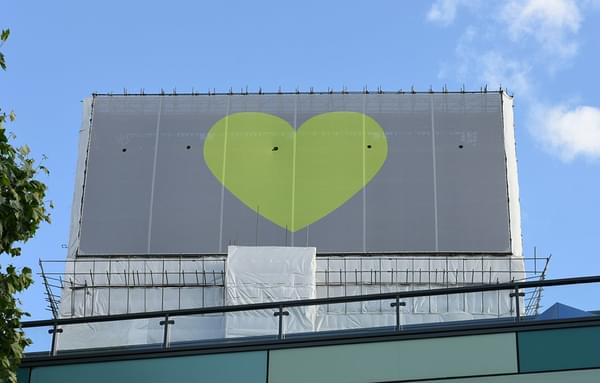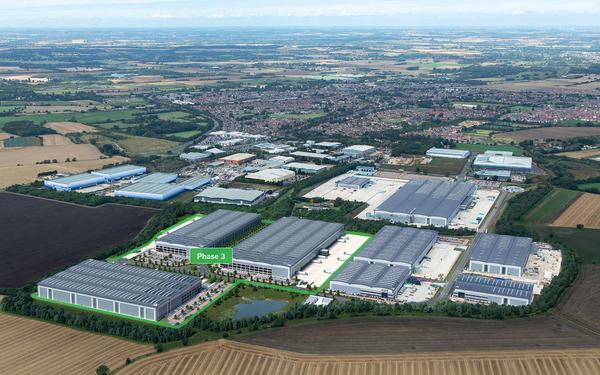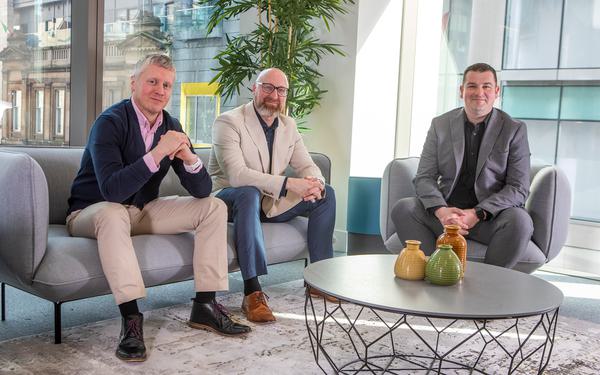Back to Articles
Capturing fire safety through the building lifecycle
Chris Chennell \ 15th Nov 2021
Much like the proverbial passing of the baton, the holistic collation of data from cradle to the grave for high rise residential building will need to be managed with expert execution beyond previous levels of scrutiny.
This handling of content isn’t a single event, but an unfolding practice made up of many instances of handover within a programme, through which information and knowledge is coordinated. Detail is required at every critical point as the end product will be used by the operator to determine a level of safety throughout the building’s lifecycle.
Anyone who’s tried to survey an existing building will know the available data is, at best, poor. For those trying to operate, maintain and manage buildings, the lack of tangible information creates uncertainty around the component parts that deliver a level of safety. This is a challenge the world over.
When I was working in Melbourne, the Metropolitan Fire Brigade were surveying high-rise buildings housing a sleeping risk and discovered that the vast majority had a significant fire safety failure. Common examples being sprinklers that had been turned-off or an isolated secondary power supply.
This problem was identified by Dame Judith Hackitt, the government’s advisor on the independent review of building regulations and fire safety, who stressed in her report following the Grenfell disaster four years ago that there needs to be a “golden thread” of information throughout a building’s lifecycle. This recommendation has laid the foundation for the latest Building Safety Bill currently making its way through parliament.
The Golden Thread
Make no mistake, this will be a massive culture shock. Within current building procurement methods, there’s been an aversion to naming a single accountable entity throughout the building life cycle as it adds commercial risk for developers and contractors alike.
In simple terms, a “golden thread’ of information is an accurate, holistic and up-to-date record of all data required to maintain and operate an asset so that it can be provided at handover. The capture and maintenance of which will be the responsibility of the newly defined duty holders.
This is where Hydrock are uniquely positioned to ease this cultural change. Our carefully curated fire division, comprising fire engineers and fire risk managers, has the capability and competence to appreciate the timely capture of data throughout building design, and, just as critically, to validate installation throughout construction. Whether that be our safety case authors detailing the systems that need continually assessing, or our building information managers advising on the necessary platform needed to maintain a digital twin of the asset.
The creation of a robust asset information model will be challenging. However, the opportunity and future benefits are huge, especially as the data being captured can also provide insights for optimising building performance and decarbonisation strategies.
Data in, design and documentation out
Having individuals and systems dedicated to data collation throughout design, construction and operation is paramount to advancing fire safety and pioneering improvements in building safety.
We already champion the use of BIM to validate design choices and advise our clients on best-practice for their project delivery. But we’re taking this a step further and taking a reverse view of what data will ultimately be required by the ‘Accountable Person’ during occupation while exploring ways to streamline the capture and validation process throughout the building lifecycle.
In collaboration with BIM Academy, founded in 2010 by Northumbria University and Ryder Architecture with the intention of establishing a centre of excellence for digital construction and transformation, we’re currently establishing what data requirements and management platforms clients will need to define, collate, operate and maintain a safety case from the Building Assurance Certificate and beyond.
Futureproofing existing buildings
It’s said that 80% of buildings that will exist in 2050 have already been built. In terms of the building safety case, this adds another layer of complexity entirely.
The ability to capture data throughout a new build in a digital format is not new. However, the need to create a digital twin for existing buildings is still an emerging technology. Being able to accurately and quickly survey and model an as-built space is a maturing concept. The challenge is determining the efficacy of the installed systems and ensuring this data is kept up to date once established.
This is further compounded by the requirement to quantify safety in order to meet HSE guidance for high-rise residential buildings. Much beyond a typical risk assessment, the safety case means building safety managers need to undertake a fault analysis of active, passive and operational safety measures. With a poorly-maintained installed system, the ability to determine a level of reliability, or probability of operation, provides another complex hurdle to overcome.
Timing
The government hopes the bill will receive Royal Assent within 12 months of it being laid before Parliament. So, if all goes according to plan, the new regime could be in force sometime between April and October 2023.
Want to hear more?
Watch our webinar where I’ll be discussing what the new guidance means for new construction projects and offer advice on how best to prepare for the new approach.
